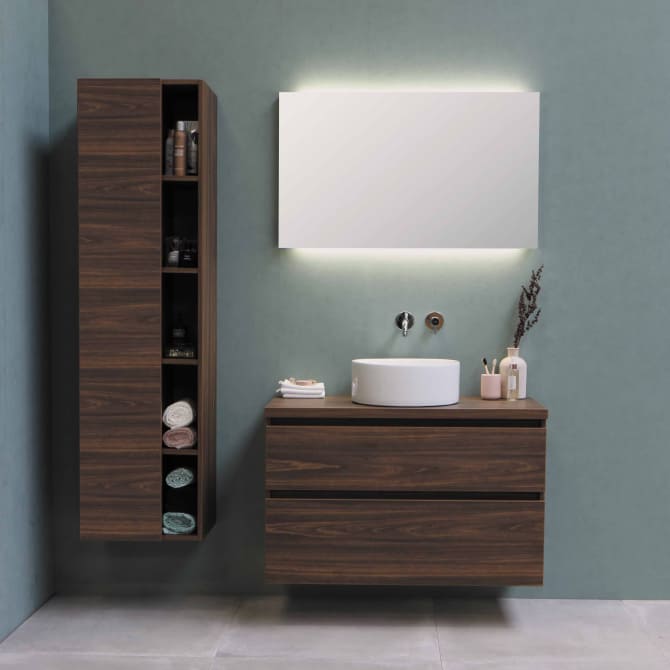How should I choose my thermocouple?
A thermocouple probe consists of two dissimilar metals or metal alloys that are welded together to form a 'hot junction' measuring sensor.
 The other end of the thermocouple probe is connected to the measuring instrument, normally via a Miniature connector. Within the instrument a second junction is formed electronically, this is normally referred to as the ‘cold junction’. When a temperature difference exists between the two ends (Seebeck effect), a voltage is generated which is proportional to the temperature difference.
The other end of the thermocouple probe is connected to the measuring instrument, normally via a Miniature connector. Within the instrument a second junction is formed electronically, this is normally referred to as the ‘cold junction’. When a temperature difference exists between the two ends (Seebeck effect), a voltage is generated which is proportional to the temperature difference.
Cold junction compensation techniques are used to correct for instrument variations in ambient temperatures to give meaningful and accurate measurements. Thermocouples of a given type generally produce repeatable results and are therefore interchangeable.
Various types of thermocouples:
- Type K thermocouples are robust and durable and recognised as the most frequently used thermocouple type. Type K thermocouples are ideal for general purpose applications when monitoring over a wide temperature range.
- Τype T thermocouples are ideal for applications which require a higher accuracy but are only suitable to measure over a limited temperature range.


